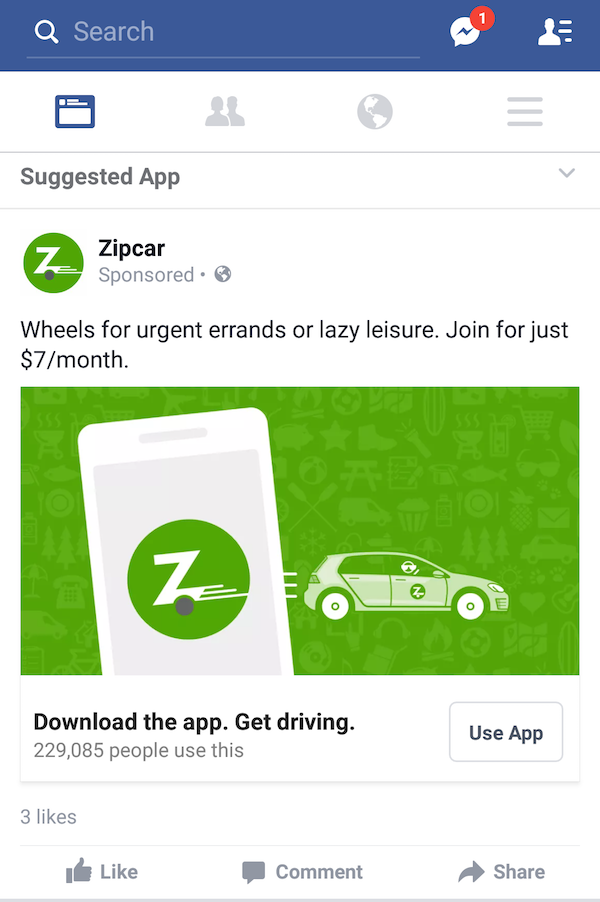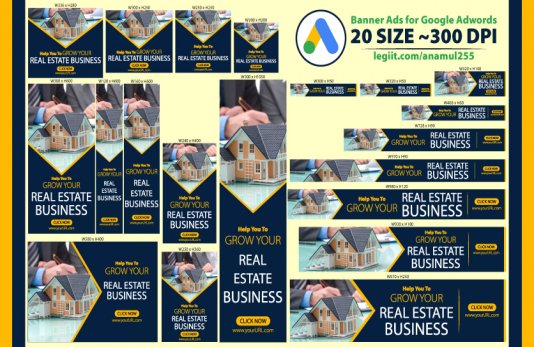
You have many options when it comes to advertising on Google. You can target your ads to a specific age range or gender, or choose a goal based on the content of your website. You can target ads according to your goals. YouTube and other websites are also owned by Google. This allows you to run ads anywhere on its Ads Network. You can also target your audience according to age, gender, or interests.
A daily budget
You set a daily budget for each campaign. You can increase it every day or decrease it as needed. Google will average it and ensure that it stays at least $3,000 per months. You should be aware of spikes in demand so that you can keep your budget within the limits. Search query demand can spike dramatically during major events or holidays. This will help you adjust your budget to match the times.
Google can no longer advertise to you after you have spent your daily budget. Google's algorithm evenly disperses budgets from 12:00am to 11:59pm. Therefore, your ads might not appear until 11 a.m. the next day. However, you can increase your daily budget when your campaign is more competitive. These tips will help you increase the budget without compromising your ads campaigns.

Targeting your audience
Google has updated its ad targeting capabilities. It now consolidates audience demographics, segments and exclusions in one single tool. You can target people based on age, gender, location and interests, depending on what your goals are. These guidelines will help you create an ad that is tailored to only those people who are most likely interested in what your product or service has to offer.
Once you've created an ad, target it according the users' behavior. This is particularly helpful when targeting cat-lovers. In addition to using demographics, Google will also analyze how they act during important life events. You will be able to create a personalized ad for your audience based on their preferences. Although life events aren’t as common than affinities they can still be a factor in many buying decisions.
How to create a dynamic exclusions listing
Google advertising allows you to create a dynamic exclusions list. This will prevent ads from being placed on sites that contain certain content. Creating and managing these lists is a simple process and allows you to leverage third-party expertise. You can upload these lists to your Google Ads account and schedule them to update themselves based on new web pages and domains. These lists can be managed by an agency or group.
Although you can already exclude certain sites and topics from your ads' placements, you can now create a dynamic exclusionlist to allow you to choose which websites or content you want to exclude. Although this new feature may be confusing, it is a welcome addition to the advertising experience and demonstrates Google's commitment to improving brand safety. Most consumers believe that ads placed next to content are endorsements. Facebook, YouTube and Pinterest have instituted brand safety measures to limit the placements of their ads. This new feature will allow advertisers to place their ads where they want, but it will also make it easier for them to target more contextually.

Tracking your campaign's performance
Next, you need to create custom reports to track your campaign's performance on Google. These reports allow you to drill down on various metrics to gain a deeper understanding of your campaign's performance. You can make customized reports by assigning certain dimensions to specific reports. This allows you to get the data you want. You can then analyze the results to determine whether the campaign is working or not. To view how data changes over the time, you can export this data to a spreadsheet.
You can add custom UTM parameters to your URL in order to track user interaction with different versions of the content. This URL can also serve as a tracking URL for offline marketing campaigns in Google Analytics. You can change the default primary dimension to the Campaign Name, however. UTM parameters also allow you the option to add a tracking URL in your offline marketing campaigns.
FAQ
What is advertising's basic purpose?
Advertising is more about connecting with customers than just selling products.
Advertising is about communicating your ideas and values to people who already care about what you have to say. It's about changing people's attitudes. It's about building connections.
It's all a matter of making people feel good.
If you don't understand your customers' needs, you can't market to them.
Before you begin any advertising campaign, it is important to understand your customers' needs, wants, and buying patterns.
This will allow you to create ads that resonate with your target audience.
What are the basics of print advertising?
Print advertising is an effective way to reach consumers. Many companies use print advertising to promote their products. Its main purpose is to grab the attention of consumers.
Print ads are typically one page long and include text, images, logos and other graphics. You may also find sound, animation, video and hyperlinks.
The following categories are the most common types of print advertisements:
1. Brochures – These are large format printed pieces that are intended to draw people into stores. They often have colorful pictures and eye-catching designs.
2. Catalogues- These are smaller versions and variants of brochures. They are sent to customers who have requested specific information.
3. Flyers - These are small pieces of paper distributed at events such as concerts and fairs. These flyers are usually free, but they must be purchased if given to retail outlets.
4. Posters - These are larger versions of flyers. They can be displayed on fences, walls, or buildings. They are typically created using computer software programs that aim to attract the attention of passersby.
5. Direct mail – These are direct mail letters and postcards sent to potential customers. Companies send these out periodically to remind existing customers about their business.
6. Newspaper Ads – These are ads that appear in newspapers or magazines. These are typically quite long and often contain text as well images.
Why use social media for advertising your business?
Social Media Marketing (SMM), allows you reach customers wherever they are on social media networks like Facebook, Twitter and LinkedIn. These networks can be targeted with keywords.
This advertising strategy is cost-effective as it costs less than traditional methods to market online. You can also build strong relationships and trust with your clients, both current and prospective.
It's simple to begin using social media to promote a business. All you need is a computer or smartphone and access to the Internet.
What do you need to know about internet advertising?
Internet advertising has become an integral part any business strategy. It is a cost-effective way for companies to reach potential customers. However, there are many different types of internet advertising available. Some are completely free while others require payment.
You can also advertise online using banner ads, pop up ads, search engine optimization, pay-per-click advertisements (PPC), social media marketing (e-mail marketing), and mobile marketing. Each method comes with its own set of advantages and disadvantages.
What is branding?
Branding is a way to communicate who and what you are. It is how you make people recall you when they hear you name.
Branding is all about creating an identity that makes your company memorable. A brand does not only include a logo, but includes everything that you look like and how your voice is used by employees.
Customers feel more confident buying from your company if they have a solid brand. They know what they're getting. This gives customers the confidence to choose your products over other brands.
A good example of a well-branded company is Apple. Apple's brand is well-known for its stylish design, high-quality products and outstanding customer support.
Apple has been synonymous with technology since its inception. People think of Apple whenever they see a computer or smartphone.
You should think about creating a brand if you are considering starting a business. This will give your brand a personality.
How can I choose my target audience
Start with yourself and those closest to your heart. You might be unsure where to begin. Ask yourself: "Whom am I trying to reach?"
Ask yourself the following questions: Who are my industry's most influential people? What problems do they have to deal with every day? Who are the smartest people in my industry? They hang out online.
Go back to the beginning when you started your business. Why did your start? What was your problem and how did it solve?
These answers will help you identify who your ideal clients are. Learn more about them and why they choose to do business with you.
It is also possible to look at the websites and social networks pages of your competitors to get insight into who they cater.
Once you have identified your target customers you will need to choose the channel to reach them. A website might be created to reach home buyers, for instance, if your business provides services to agents in real estate.
If you provide software to small businesses, you could develop a blog targeting those companies' owners.
You could also create a Facebook account for teens if you sell clothing. A Twitter account could be set up by restaurant owners to allow parents to search for places that are kid-friendly.
You have many options to convey your message.
Radio advertising: What are your options?
Understanding how different media interact with each other is crucial. All media forms can be considered complementary, rather than competing.
Radio advertising can be extended to television. It complements TV by reinforcing key messages and providing additional information.
Radio listeners often find TV commercials too lengthy. Radio ads are often shorter and cheaper.
Statistics
- Advertising's projected distribution for 2017 was 40.4% on TV, 33.3% on digital, 9% on newspapers, 6.9% on magazines, 5.8% outdoor, and 4.3% on radio. (en.wikipedia.org)
- Advertising spending as a share of GDP was about 2.9 percent. (en.wikipedia.org)
- In 1919 it was 2.5 percent of gross domestic product (GDP) in the US, and it averaged 2.2 percent of GDP between then and at least 2007, though it may have declined dramatically since the Great Recession. (en.wikipedia.org)
- Worldwide spending on advertising in 2015 amounted to an estimated US$529.43 billion. (en.wikipedia.org)
External Links
How To
How to run paid advertisements
Paid advertising is any type of marketing where you pay money. This could include advertising in magazines and newspapers, buying ads space on websites, or hiring someone to promote your business online. There are many forms of paid advertising. These include social media marketing, email marketing and display advertising.
You need to know the cost of your campaign and the expected results. This will ensure that it runs smoothly. Also, consider whether you can get enough return-on-investment (ROI), to justify the expense.
Before you launch a paid campaign for advertising, you must first establish if potential customers are interested in your product or services. You can start by sharing your message via social media, posting flyers and making announcements in your local area.
Once you know your target audience, you can decide on the best way to reach them. Advertising in classifieds in local newspapers is a good way to advertise if you sell organic food. For cosmetics sales, it might be more advantageous to advertise on radio and TV.
Once you have decided who you want to reach out to, it is time to determine how much money you are willing to spend. There are many ways to calculate your budget. You can divide your budget into daily, weekly and monthly amounts. You can also use a spreadsheet program.